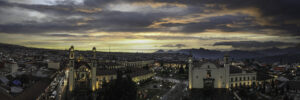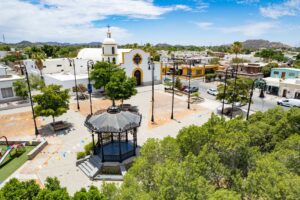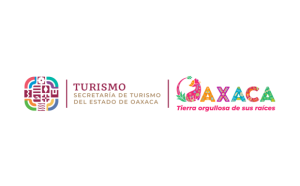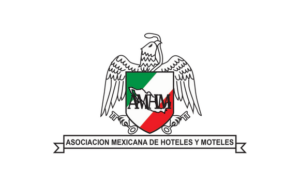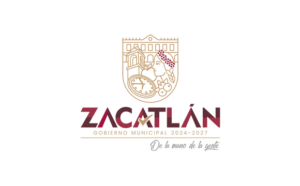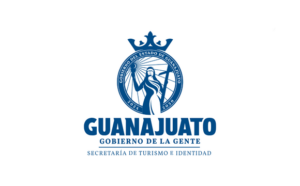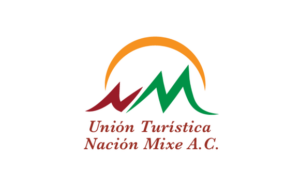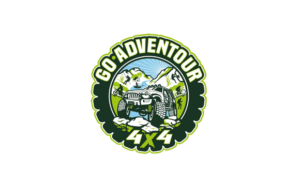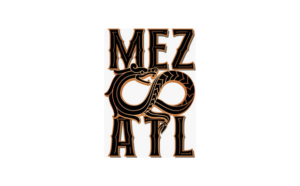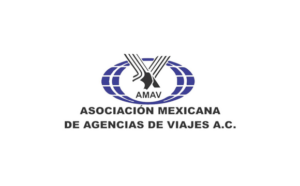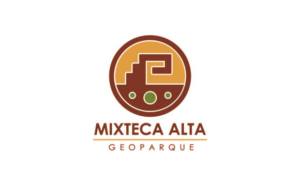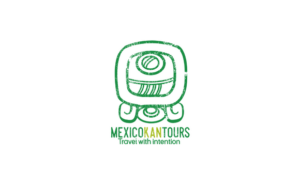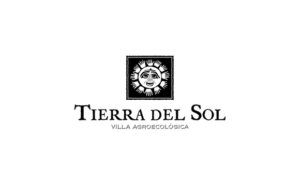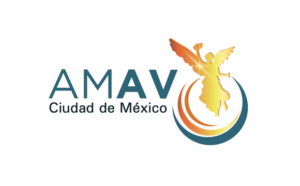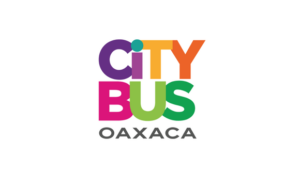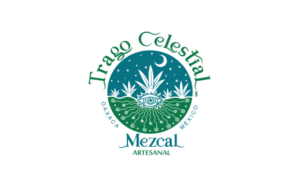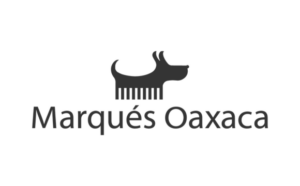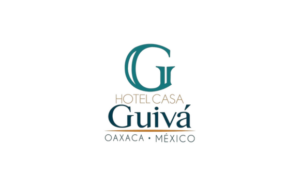The sacred geometry is defined by the five directions, East, West, North, South, and the Center. Caves are the passageways that take us inside again, back to our origin as people, back to our cultural epicenter. From the inside we can reconnect with our own center, our inner self. Caves emanate power and offer an immediate connection with the divine. Inside them the vestiges of adoration ceremonies and the ascension of governors have been preserved.

Figure 1 Balamkanché Cave, Yucatán. © Yucatan State Government.
The Puuc Route in Yucatan is a fascinating place that harbors in its territory ceremonial centers of great importance, such as Uxmal; but also, many others that contribute to the rich weaving of rituals that comprise the Maya culture. Places like the Loltun caves or the ceremonial center Oxtintok, link caves with temples. Ancestors came from the caves, adoring the deities that remained inside. With passing time, this memory became a legend. In Oxtintik a very peculiar structure is preserved, it is a labyrinth in three levels and total darkness that represents the passage of the soul to the afterlife underground. It might have been an initiatory location for priests. On its West side, small openings mark both solstices and equinoxes. Monitoring the transit of the Sun is defining to local agricultural practices. At the moment it is not possible to go inside this structure; however, this location is a must if we want to truly experience the evolution of the Maya culture in this area, since this is the starting point of the Puuc Route. This site dates from 300 to 500 AD.

Figure 2 Oxtintok Labyrinth, Puuc Route, Yucatán. © Adam Castforth
The sound of the water that runs inside the caves is thought to be the voices of the deities that still dwell inside the caves and encompass the adoratory rituals from which some fragments have been retrieved, bones, pigments, incense burners, in the place where they were deposited, at least one thousand years ago. In the Balamkú caves, near Chichen Itza, the incense burners are now part of the cave’s speleothems.
The water that emanates from the stalactites was considered sacred and was used in political and religious rituals and it was considered the semen of Earth, origin of life. We ought to remember that in Yucatan the water runs underground; and that the access to spring water defined the success of the settlements, thus becoming highly venerated places.

Figure 3 Maya Incense Burner, inside Balamkú Cave © Karla Ortega, Proyecto Gran Acuífero Maya.
Caves as the origin of life, and final destination of the soul, are also inhabited by the deities that provide us with water, rain, and agricultural thrive, and they were venerated with ceremonial sacrifices which could be closely related to the findings of paleontological remains abundant in the caves; and although those belong to specimens that found a natural or accidental death inside the cave, for the first hominids they must have resembled offerings to the invisible forces that defined their existence and subsistence, the Nature Deities.
Inside some caves. human remains have been preserved and now are part of the sediment of the caves, such as caves in Belize and Guatemala, where six infant skeletons were found at the bottom of an inundated cavern, and the bones are now part of the sediment.

Figure 4 Fossilized Skeleton. Aktun Tunich Muknal Cave, Belize. © Arturo Bullard
Very few pre-Hispanic documents were preserved, many were destroyed by the Catholic Inquisition during the Spanish conquest. Legends that survived are part of an oral tradition that now has syncretized with Christian rites; but the rituals performed inside the caves remain occult. The vestiges that have been found inside the caves range from artistic expressions, ritual markings, and they depict elements from the Maya Culture from the Late Pre-Classic to the Late post-Classic period, interrupting definitely upon the arrival of the Spaniards and the evangelization of the indigenous peoples. Although, the caves remained sacred, and preserved the original rituals, becoming occult and revered the old traditions. The caves remain the entrance to the underworld, the realm of the afterlife, where the nature forces that drive Earth towards its path still dwell, dormant, awaiting new offerings. Inside caves, all that was remains, immutable, permanent, still.

Figure 5 Vestiges preserved inside an inundated cave in the Yucatan Peninsula © INAH/GAM.
Besides being the entrance to the afterlife, caves are also the womb from where humans emerged, and to where we will return at the end of this living cycle. The Maya culture is cyclic, ruled by the cycle of maize, and by the transit of Venus, the Sun, and the Moon in our sky. It is natural that Maya people trace their origin to their final resting place. In the same fashion, they considered the Sun at night traversed the underground realm and will rise at dawn only if victorious from the perils of the underground labyrinth.

Figure 6 Dzibilchaltún, Yucatán. Spring Equinox. © Yucatan State Government.
There are caves whose importance defined the location of the human settlements. This is how the combination of cave and pyramid was defined. Chichen Itza is a clear example of this close connection between caves, sinkholes or sources of freshwater, and temples. The caves of Balamkú and Balamkanché, in Chichen Itza treasure relics that are still being analyzed and that could indicate the date of the collapse of this city-state; the caves were sealed after an apparent military defeat, and the offerings inside appear to be desecrated, burned, and broken purposedly. These entrances remained covered until mid-XX century, when they were surveyed and closed again; now the technological resources and the cunning of the speleological group Great Maya Aquifer project are bringing them back to life.

Figure 7 Balamkú, Chichen Itzá, Yucatán.© Sergio Gómez /Tlalocan / INAH
The majestic structure the Kukulkan Castle, in Chichen Itza, was built atop a sinkhole. We can only fathom the sacred this place must have been for the rulers of this site. Beside the cenote underneath, the structure is flanked by four other sinkholes, one in each Cardinal point. The cenote under the structure was discovered in 1997 by the field researchers from the Universities of Minnesota and San Francisco, using Radar technology. In 2015, the Geophysics Institute of Mexico performed Electromagnetic Resonance lectures. In 2017, the speleologists from the Great Maya Aquifer Project tried to reach this cenote from those around it, finding an access blocked with boulders that appeared to be intentionally put there. Explorations continue and there is ongoing research amazing us every now and then.

Figure 8 Underground Flow of Water under Kukulkan Castle, Chichen Itzá Yucatán. © René Chávez
Not only in Chichen Itza caves or passageways have been found under the structures. Teotihuacan in central Mexico has tunnels and a cave under the Pyramid of the Moon. Many new discoveries await; but undoubtedly, we will soon learn that these monumental structures were built to preserve what they have underneath, caves, Springwater, sinkholes, sacred places from which the humans from that area emerged, and in some cases, even dignitaries’ tombs have been found. With the progress of technology, we can investigate a structure from outside, from atop, from the sides; and with those digital scans we can trace the mysteries that these structures hide inside.
The Maya area is not only the Yucatan Peninsula; it comprises five states in Mexico, from Tabasco, Chiapas, Campeche, to Quintana Roo and Yucatán, and much of the territories of the countries of Belize, Guatemala, and Honduras. Wherever we look we will find a place awaiting to be discovered, and over there another one, and another one; and so, we can weave our paths in our map the same way the real sites were connected when they were thriving. Maya area was not ruled as an empire; the city-states rose and fell, attacking each other and making dynastic alliances that fell apart in time but that shared a common set of beliefs, rituals, deities, language, and cultural expressions. Travelling through the ancient Maya kingdoms will bring us a better understanding of what was at stake back then.
For Further Reading and Reference:
Brady, J., Bonor Villarejo J. (1993) Las cavernas en la geografía sagrada de los mayas. Perspectivas antropológicas en el mundo maya, Ma. Josefa Iglesias Ponce de León y Francesc Ligorred Perramon (eds.) Sociedad Española de Estudios Mayas, no. 2 pp. 75-95. Madrid https://dialnet.unirioja.es/servlet/articulo?codigo=2775805
De Anda, G. Brady, J., Ortega, K, Celis A.K. (2019). Balamkú, Yucatán. English Translation of Arqueología Mexicana https://dialnet.unirioja.es/servlet/articulo?codigo=6865624
Rivera Dorado, M (2002) Algunos símbolos en el mito del origen del mundo en Oxkintok. Revista Española de Antropología Americana 2003, 33 5-16- https://revistas.ucm.es/index.php/REAA/article/view/REAA0303110005A



